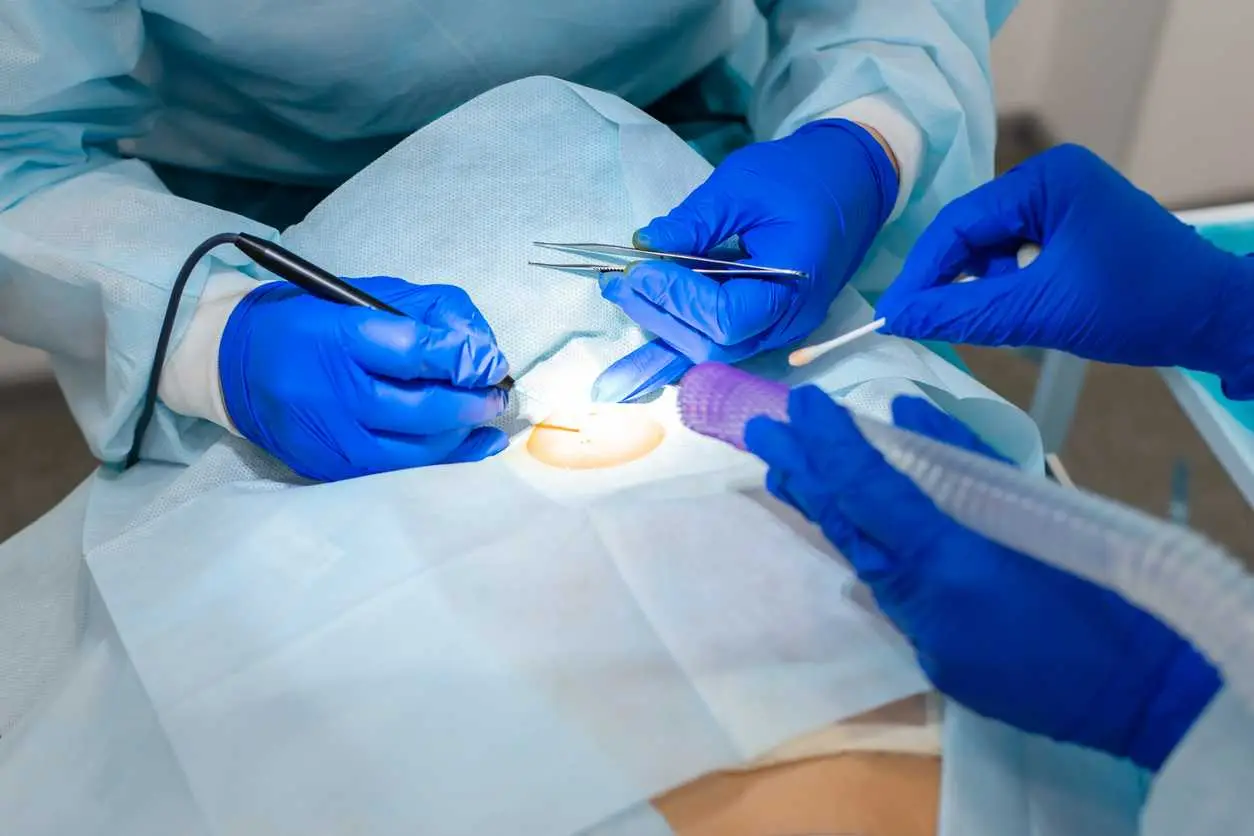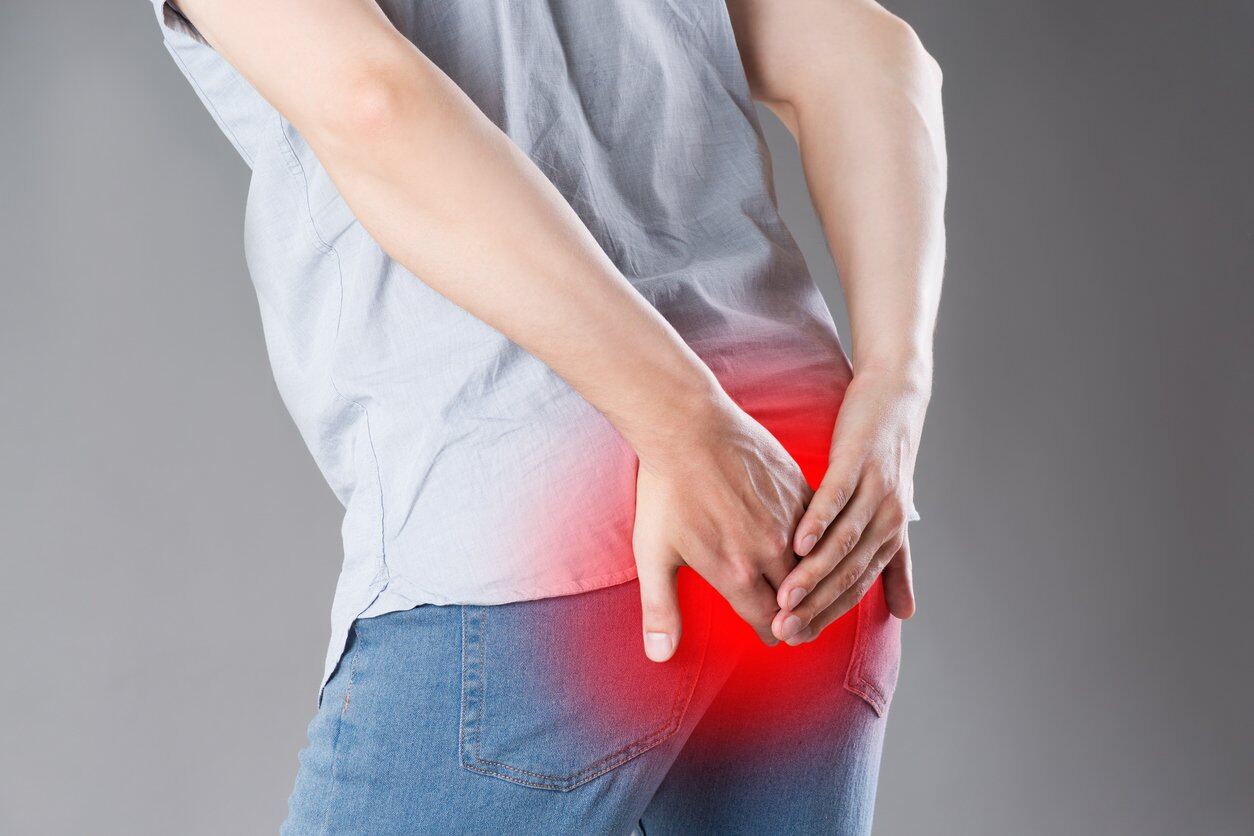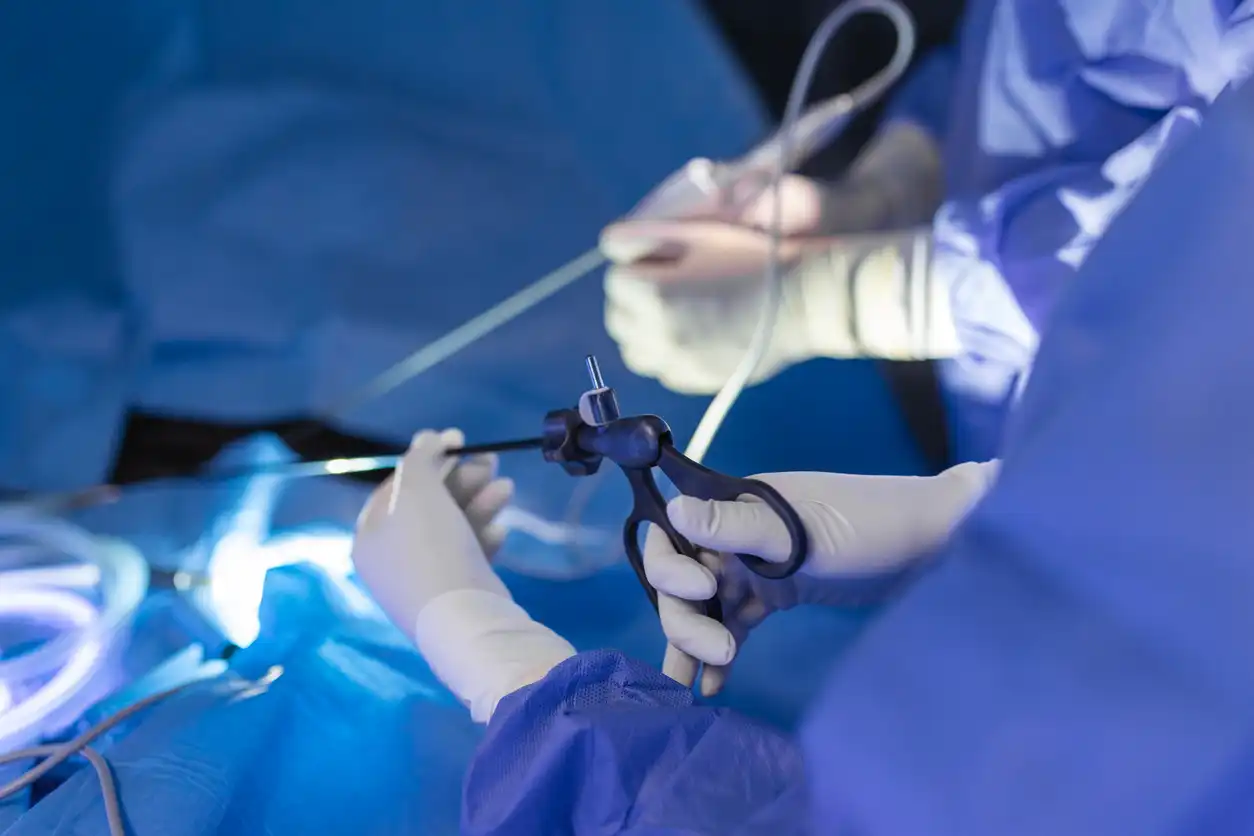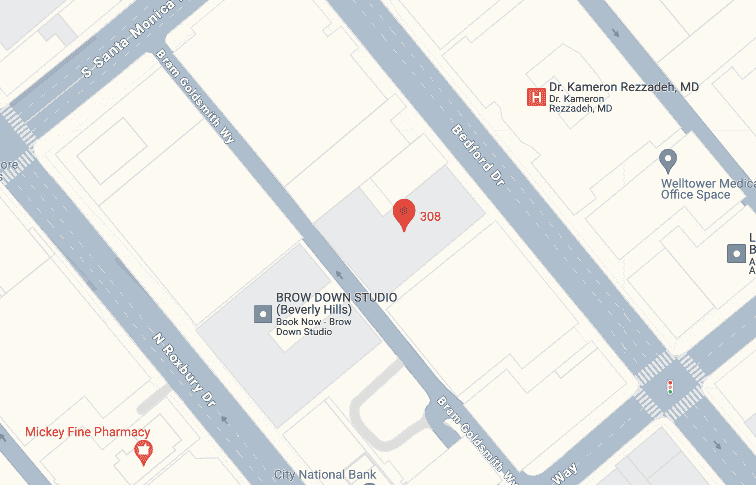Painful and regularly occurring, pilonidal cysts can have a drastic effect on your existence· These cysts form at the base of the tailbone and can cause intense pain and infection· Understanding how to avoid pilonidal cysts is important to keep them healthy and avoid the need for surgical excision· This article will provide you with useful information on pilonidal cyst prevention and statistics on pilonidal cyst excision surgery if preventative measures are not enough·
Pilonidal Cyst What is it?
This is a strange pocket on the skin. Most of the time it’s the hair and skin pieces entering into it· It is normally found in the cleft of the buttocks at the top and at times it may swell causing much pain to the patient. On rare occasions, patients might develop these cyst infections which call for medical treatment through their complete removal.
Ways to Prevent Pilonidal Cysts
1) Maintain proper hygiene
Maintaining good hygiene is the first step in preventing pilonidal cysts· Here are some guidelines:
-
Daily Cleaning
Clean the area around your tailbone every day with mild soap and water· This helps eliminate dirt and bacteria that could lead to cyst formation·
-
Thorough drying
Make sure the area is dried very well after washing to avoid moisture build-up that could encourage bacterial growth and increase the likelihood of infection·
2) Regular hair removal
Accumulation of hair around the natal cleft can contribute to pilonidal cysts· Consider these hair removal methods:
-
Shaving
Shaving regularly can help keep loose hair in place, but be careful not to get into the pores and the inflamed skin·
-
Waxing
Waxing removes hair from the base and provides longer-lasting results compared to shaving·
-
Laser Hair Removal
This is a more permanent solution that reduces hair growth over the years·
3) Avoid sitting for long periods
Prolonged sitting puts pressure on the tailbone area, increasing the risk of pilonidal cysts· Here’s what you can do:
-
Frequent breaks
If you have a sedentary job or lifestyle, take breaks every hour to stand up, walk around, and stretch·
-
Use pillows
Consider using pillows or specially designed seats to more calmly distribute stress and reduce tension on the coccyx·
4) Recognizing early signs
Early detection is essential in dealing with pilonidal cysts· Be aware of the following signs and symptoms:
- Discomfort or pain in the lower part of the spine·
- Redness and swelling indicating inflammation in the affected area·
- Discharge of fluid or pus, indicating possible infection·
If you experience any of these symptoms, consult a healthcare professional directly to avoid complications that may require excision surgery·
Treatment Options
a) Non-surgical treatment
In mild cases, non-surgical means may be effective:
- Antibiotics to treat infections·
- Warm compresses to relieve pain and promote drainage·
- Drainage procedures to relieve signs and symptoms and to prevent similar complications·
b) Excision of a pilonidal cyst surgery
When a pilonidal cyst becomes continuous or inflamed, surgery may be necessary· Surgical treatment such as excision of a pilonidal cyst involves removing the cyst and surrounding tissue to prevent recurrence· This method is often the most effective long-term solution·
Excision Surgery Procedure
i) Preoperative preparation
Preparation is the basis of a successful surgical procedure:
- You need to fast before the procedure.
- Follow your doctor’s instructions regarding medications·
- Arrange for a person to drive you home after surgery·
ii) Surgical process
During surgical excision, the patient is normally under local or local anaesthesia· The procedure includes:
-
Incision
The healthcare provider makes an incision to remove the cyst and surrounding tissue·
-
Wound closure
The wound is either left open to heal from the inside out or closed with stitches, depending on the specific case and the preference of the medical professional·
iii) Pilonidal cyst excision surgery recovery
Recovery from pilonidal cyst surgery excision varies according to the nature and complexity of the surgical treatment· Here’s what you can expect:
-
Healing time
Most sufferers return to normal activities within a few weeks·
-
Pain management
Over-the-counter pain relievers or prescription medications can help control pain after surgery·
-
Wound care
Follow your doctor’s wound care instructions to prevent contamination and promote recovery·
Ways to Recover After Pilonidal Cyst Surgery Excision
1) Follow instructions for post-operative care
Adherence to operative care guidelines published by your healthcare provider is essential:
- Keep the area clean and dry. This will save you from contamination·
- Change your dressings regularly. Follow your doctor’s schedule for dressing changes to keep the wound clean·
- Avoid strenuous activities. Give your image time to heal by avoiding activities that stress surgical websites·
2) Manage pain and discomfort
Pain and discomfort are common after excision surgery· Here’s how to manipulate them:
-
Medications
Use prescription or over-the-counter pain relievers as needed·
-
Ice packs
Applying ice packs to the area can reduce swelling and relieve pain·
3) Monitor for signs of infection
It is essential to monitor the surgical site for signs of contamination:
-
Redness and swelling
Increased redness or swelling can also indicate infection·
-
Discharge
Watch for unusual discharge from the wound·
-
Fever
Fever can be a sign of contamination· If you enjoy any of these symptoms, contact your healthcare provider·
4) Observe hygiene and depilation
Continuing good hygiene and daily hair removal after surgical treatment helps prevent recurrence:
-
Ongoing hair removal
Once the surgical site has healed, consider ongoing hair removal strategies such as laser treatment to reduce the likelihood of future cyst formation·
-
Daily hygiene
Follow a daily cleaning routine to keep the area free of microorganisms and dirt·
Prevention of pilonidal cysts means maintaining proper hygiene, managing hair growth in the affected area and avoiding prolonged sitting· However, if the cyst develops and becomes complex, surgical excision of the pilonidal cyst may be vital· Understanding the process and following treatment suggestions can greatly enhance your healing· If you experience signs of a pilonidal cyst, seek clinical advice immediately to explore your treatment alternatives·
By taking proactive steps in your daily routine, you can greatly reduce your risk of pilonidal cyst growth and improve your normal, premium lifestyle· For people who require pilonidal cyst excision surgery, adherence to surgical treatment guidelines is critical for a quick and clean recovery· Stay vigilant about your condition and do not hesitate to consult with health professionals to effectively handle and save your pilonidal cysts·







